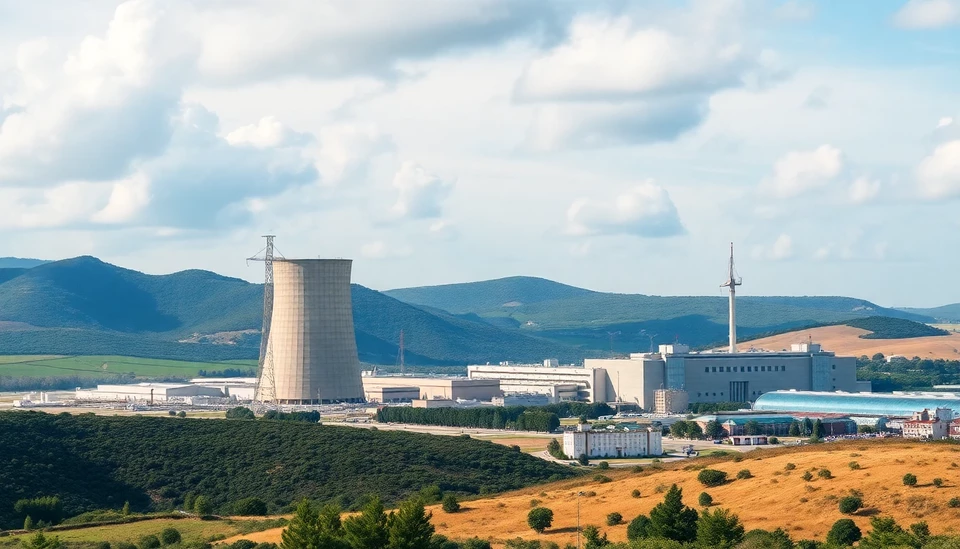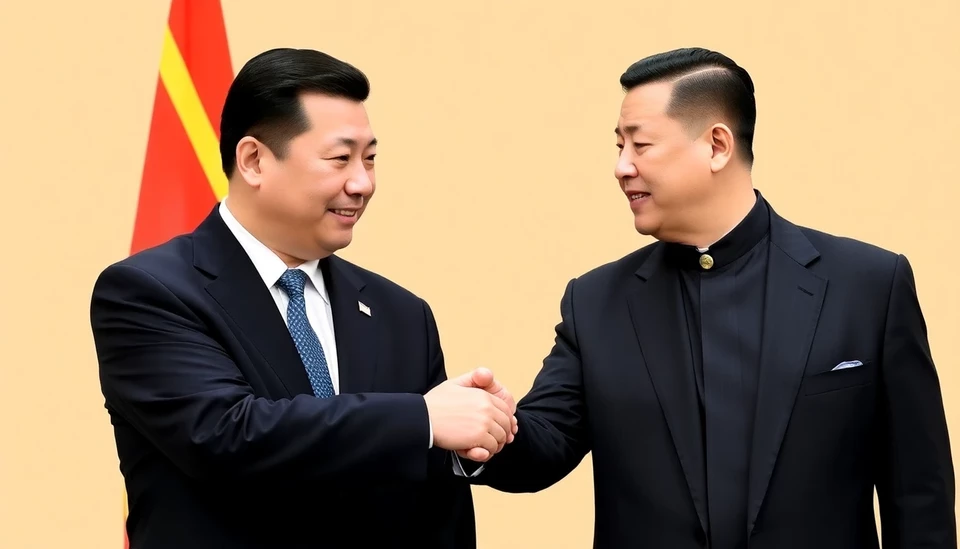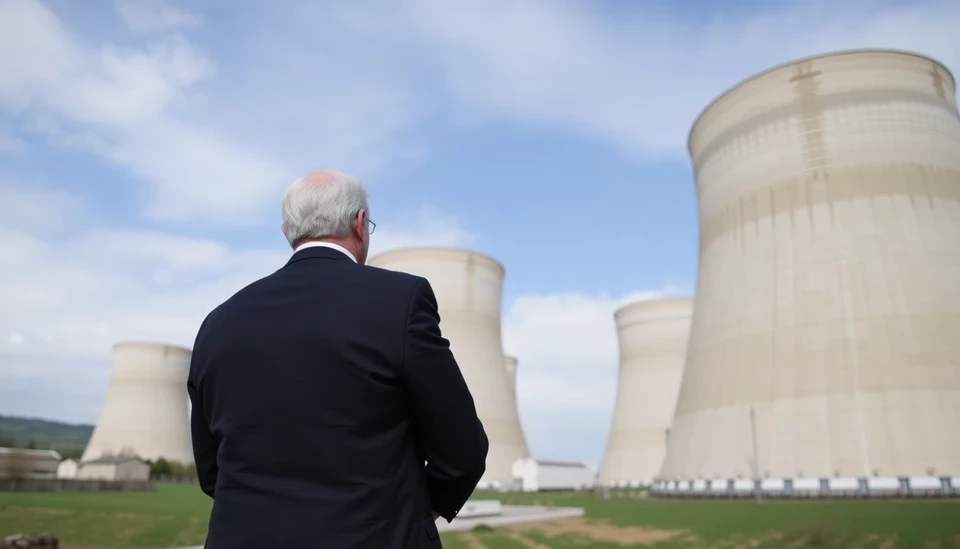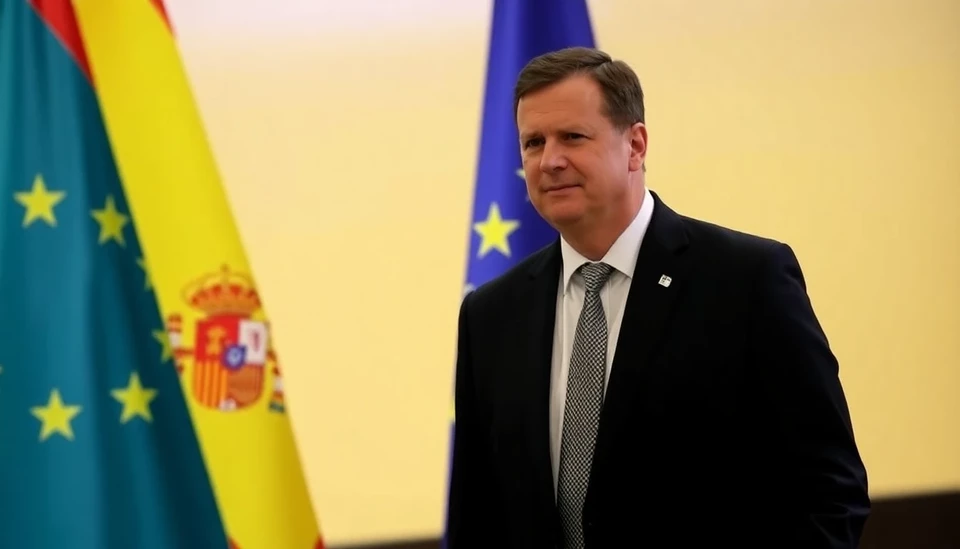
In a significant development concerning Europe's energy landscape, Spain is poised to shut down its last operating nuclear power plant, marking the end of an era and a pivotal moment for the country's renewable energy sector. The scheduled closure of the Almaraz nuclear facility, which has been functional since the late 1980s, is set to take place this spring. This transition reflects Spain's commitment to reducing its reliance on nuclear energy as part of a broader strategy to embrace renewable sources, primarily wind and solar power.
The decision to close Almaraz is multi-faceted, focusing on both environmental and political factors. A group of environmental activists has long campaigned against nuclear power, citing concerns around safety and waste management. Moreover, the Spanish government's objectives align with the EU's Green Deal, aiming for a climate-neutral continent by 2050. This challenging endeavor places immense pressure on the renewable energy sector to deliver sufficient energy to fill the gap left by nuclear power.
Renewable energy has experienced exponential growth in Spain over the past decade, with the nation rapidly becoming one of Europe’s leaders in solar and wind energy production. As coal-fired plants have been phased out, renewables have surged to represent a significant proportion of the country’s power generation. However, experts are now closely examining whether this growth can sustain itself amid the impending nuclear shutdown. The government projects that the energy generated from renewable sources will be adequate to meet consumer needs, but skeptics highlight the challenges posed by intermittent energy supplies and the inherent variability of solar and wind resources.
The transition also comes in the wake of global energy crises, notably exacerbated by geopolitical tensions. The ongoing demand for reliable power has spurred investments in renewables, though questions remain about grid resilience and storage technologies. As Spain bids farewell to its nuclear legacy, the reliability of the nation's energy supply will be put to the test in the upcoming months.
Spain’s energy strategy places a strong emphasis on sustainability and local energy production, with the government accelerating efforts to install battery storage systems and modernizing the electricity grid. These initiatives are crucial if the country is to manage increased reliance on renewable sources effectively while ensuring energy security for the population. It's a delicate balancing act that policymakers are keenly aware of as the nuclear phase-out progresses.
The social implications of this transition cannot be overlooked either. Communities that have long depended on the nuclear plant for jobs and economic stability may face uncertainties as the energy landscape evolves. Policymakers are expected to focus on strategies that mitigate negative impacts on local economies, including potential retraining programs for workers and investments in alternative energy jobs.
As this change unfolds, Spain stands at a crossroads, poised to either solidify its position as a model for transitioning to renewable energy or grapple with potential challenges that come with the shift. The future of Spain's power generation will hinge on the ability of its infrastructure to adapt and the commitment of its stakeholders to ensure a reliable, green energy future.
With eyes across Europe focused on Spain, the nation must navigate this critical juncture with both ambition and caution. The outcome will likely serve as a case study for other countries contemplating similar energy transitions as the continent strives to reach its ambitious climate goals.
In conclusion, as Spain prepares to turn off the lights at its last nuclear plant, the world watches closely to see if its ambitious renewable energy narrative can withstand the ultimate test.
#Spain #NuclearShutdown #RenewableEnergy #GreenDeal #EnergyTransition #Sustainability #SolarPower #WindEnergy #ElectricityGrid
Author: Megan Clarke




